Introduction
Loyalty apps are being developed by companies and startups to help businesses to increase their customers’ engagement and to increase repeating sales. Some loyalty apps are developed to allow businesses to register themselves on the platform and earn perks while some companies build loyalty apps specialized for their business and customers.
Mobile apps development has been on the rise among businesses in Malaysia. This article will be discussing the different types of loyalty programs that can be implemented in mobile apps which can help businesses to grow. We will be also studying businesses that have successfully implemented loyalty programs.
Benefits & Key Reports
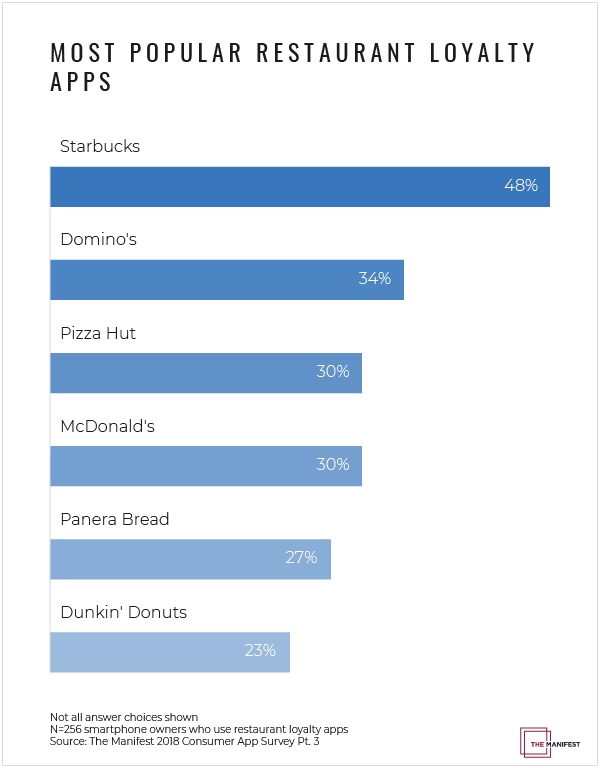
- 87% of Gen Z consumers want to be awarded points for walking into a brand’s location, restaurant, gym, or store.
- 82% of Gen X consumers responded that they are active in at least one loyalty program. They also redeem more than other generations. 77% of Gen X program members redeem rewards at least once a quarter. The least active group is the Silent Generation – 35% responded that they don’t participate in any loyalty program.
- 77% of Gen Z respondents understand the value of loyalty programs and are more willing to pay a premium in exchange for valuable perks like free shipping (for example, Amazon Prime). The Silent Generation was the only group where the majority (55%) answered no to paying a fee for a loyalty program.
- 72% of Gen Z and Gen X respondents answered that they could be persuaded to choose one brand over another due to the presence of a loyalty program, followed by 68% of Millennials, 56% of Baby Boomers, and 42% of the Silent Generation.
- We found that only 46% of Gen Z consumers and 55% of Millennials (the most trusting generation according to this year’s research) are willing to share their data in exchange for personalized experiences. The biggest skeptics are members of the Silent Generation: only 21% answered that they were willing to share personal information in exchange for personalized experiences.
- The majority of consumers want a personalized experience. Of the consumers we surveyed, 70% of Gen Z respondents, 64% of Gen X respondents, and 63% of Millennials want to receive personalized recommendations via an app while browsing in-store. However, current personalization efforts made by brands are ineffective. Only 42% of Millennials, 37% of Gen X consumers, 33% of Gen Z consumers, 29% of Baby Boomers, and 23% of the Silent Generation have purchased something that was recommended to them by a brand in the past six months. This is indicative that brand execution utilizing predictive analytics while growing in popularity, is not meeting full potential.
Above keypoints are based on a study by CrowdTwist.
Based on an assessment of trends on the horizon for 2019 shows that 35% of the younger generation say they keep up with brands they love via social media and 55% have made purchases via social media channels.
Why is loyalty program important to your business:
Data Collection

When your business has a loyalty app, every transaction will be recorded and kept in each profile of your customers. This can be a very powerful data mining medium for your business. You can know which product is the highest selling according to different locations. You can make more accurate business decisions when you have enough data.
Communication
By having a loyalty app, you can easily announce any new products via the app. You can even send out push notifications where users will be notified about any announcement of your new products. This can help you on cutting downtime for your message to reach your customers.
Types of Customer Loyalty Programs
Point Based
Spend more to get more points. This is the most common loyalty program around the world as it’s the most simple one. Every time a customer makes a purchase, they get a fixed amount of amounts depends on the total buying amount. Customers may get a fixed amount of points for every RM1 they spend. Once these points are collected, they can be used to redeem for some type of reward. It can be a discount or any other free items.
Example: Bonuslink
Tiered/Level Based
This program is based on milestones that customers cross. Customers get points whenever they purchase something. The more points they receive, the higher the loyalty level they will reach. The higher the level, the more rewards they will get. Each tier comes with its own sets of benefits.
Example: Agoda, Booking.com
VIP Paid member/Premium Based
Customers will have a pay monthly or annual fees to join the VIP member club with access to special services, discounts, or unique opportunities. The paid program should include benefits that are exclusive to members or else there will be no value.
Example: Amazon Prime
Donation based
Let’s say you run a restaurant, you can start a loyalty program which is similar to point-based where customers’ purchases translate into currency. An RM50 purchase is entitled to an RM5 donation for feeding the homeless. This kind of loyalty program connects with customers on a deeper level.
Game based
Integrating a simple video game into your app can encourage repeat purchases, customer loyalty while entertaining customers. Customers will be able to collect points by winning in the game and then redeem the points they have collected in the store when making a purchase.
Cashback
For every purchase made by customers, they can earn let’s say 2% of the amount they paid. Those amounts they accumulate can be used to get discounts during their next purchase.
Punch Card
This is a traditional loyalty program where the cashier will punch a little circle on your card. However, this can be digitized into a mobile app where customers will have a digital card and the punching happens every time they make a purchase which fills in the requirements.
How successful businesses integrate loyalty programs
Starbucks
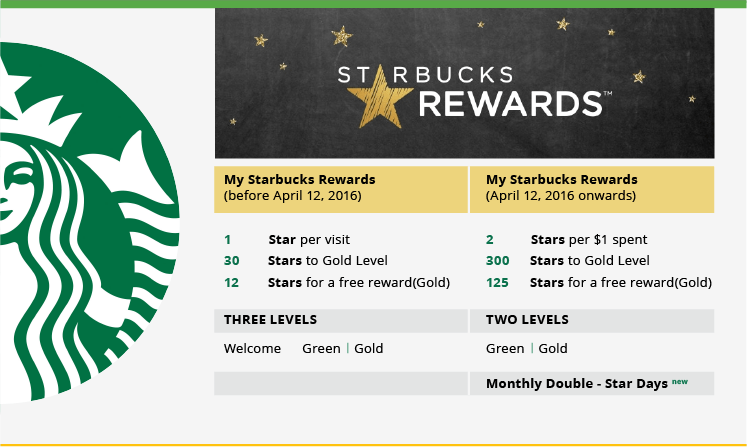
Amazon Prime

Sephora
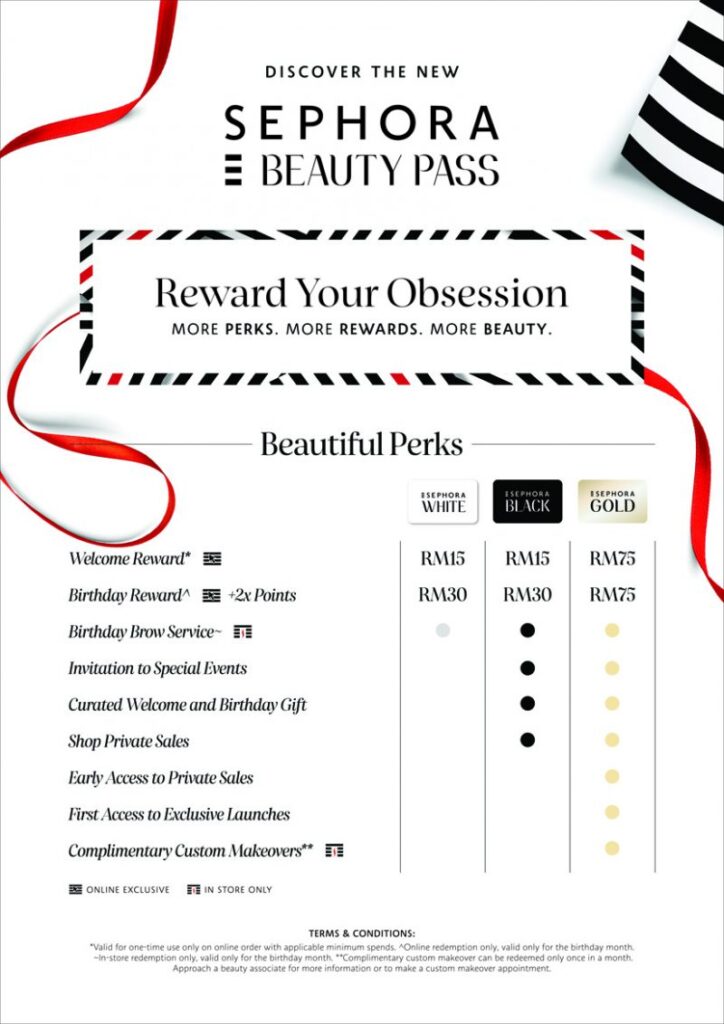
Uber
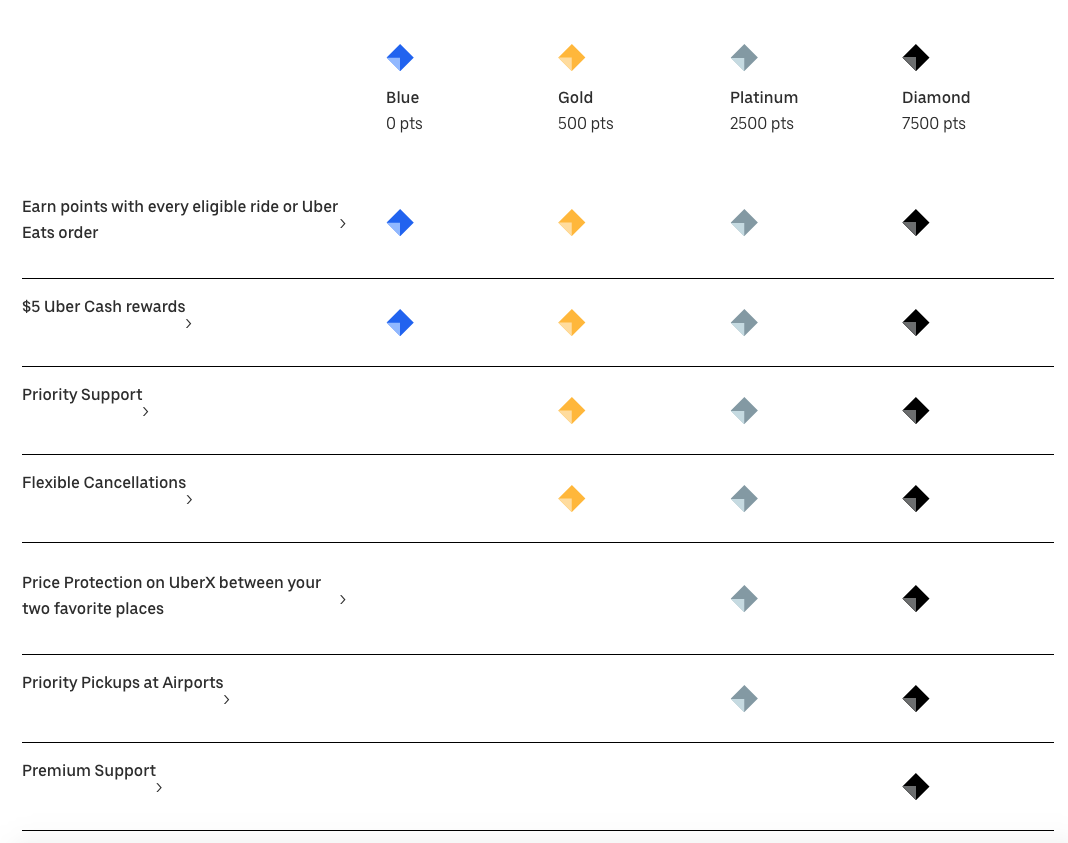
Conclusion
Having a loyalty program in place is important. The right loyalty program can help you to retain customers while increasing overall revenue. This is because loyalty members buy more frequently than non-loyalty members.
Related Posts:
[catlist categorypage=”yes”]


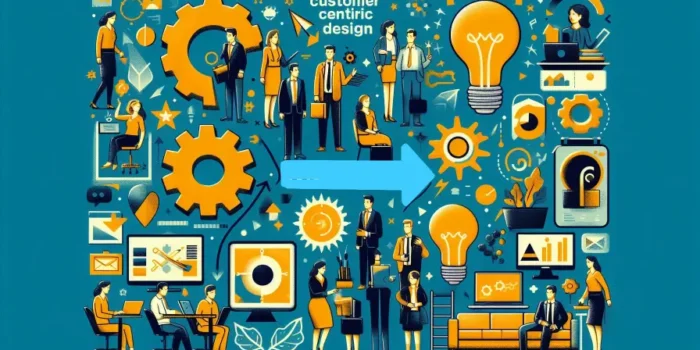
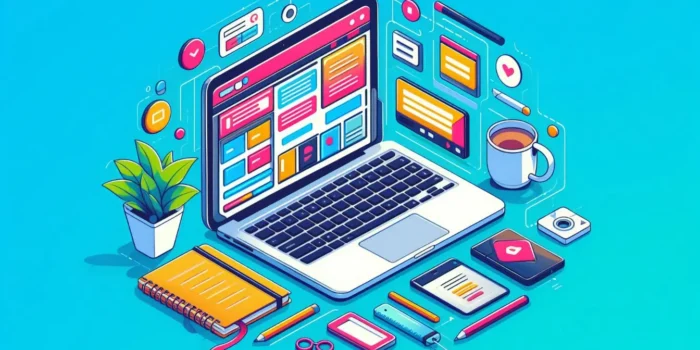
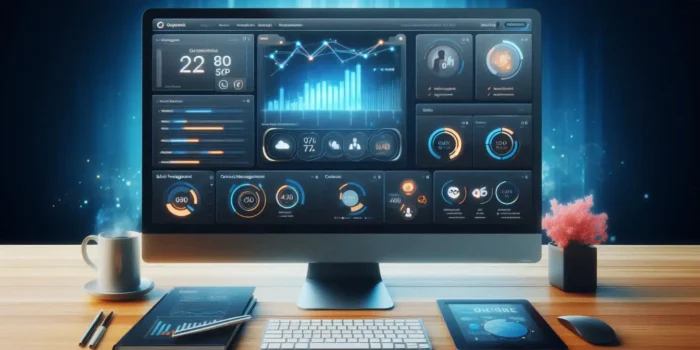
 Booking System
Booking System eCommerce
eCommerce On-Demand Services
On-Demand Services Community App
Community App Ordering App
Ordering App Loyalty App
Loyalty App Online Learning
Online Learning Directory
Directory Marketplace
Marketplace SaaS
SaaS P2P Platform
P2P Platform eHailing
eHailing Healthcare
Healthcare Finance
Finance Logistics
Logistics Education
Education Food & Beverage
Food & Beverage Retail
Retail FMCG
FMCG Sports
Sports Travelling
Travelling Manufacturing
Manufacturing Renewable Energy
Renewable Energy Mobile Application Development
Mobile Application Development Web Application Development
Web Application Development Source Code Review
Source Code Review Internet of Things (IoT)
Internet of Things (IoT) Cyber Security
Cyber Security